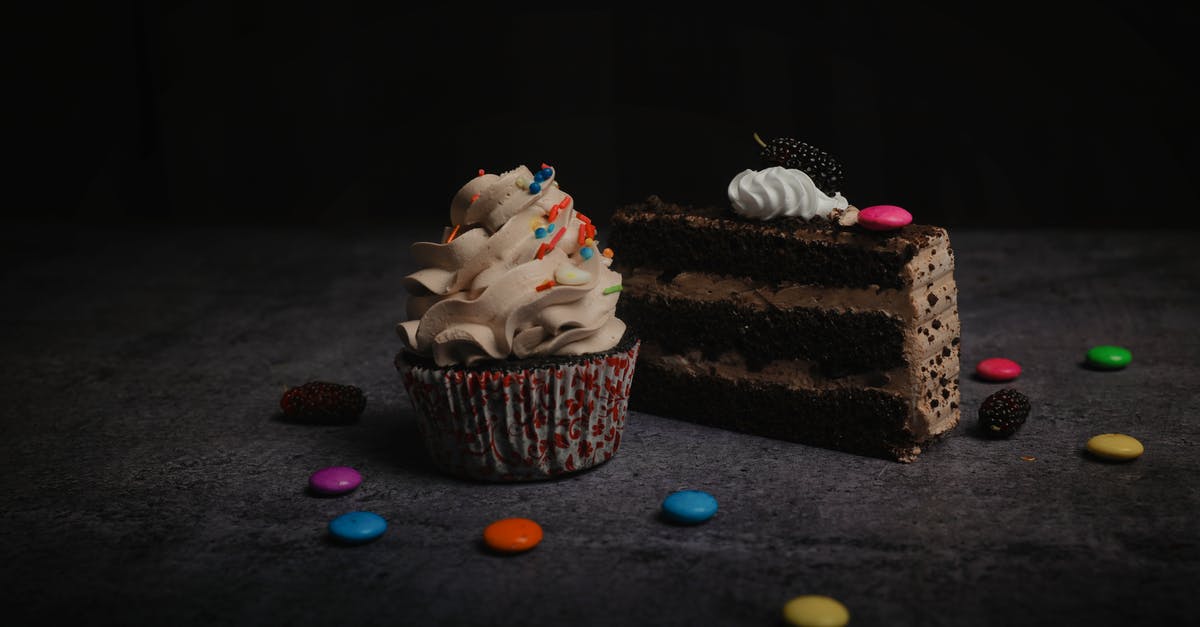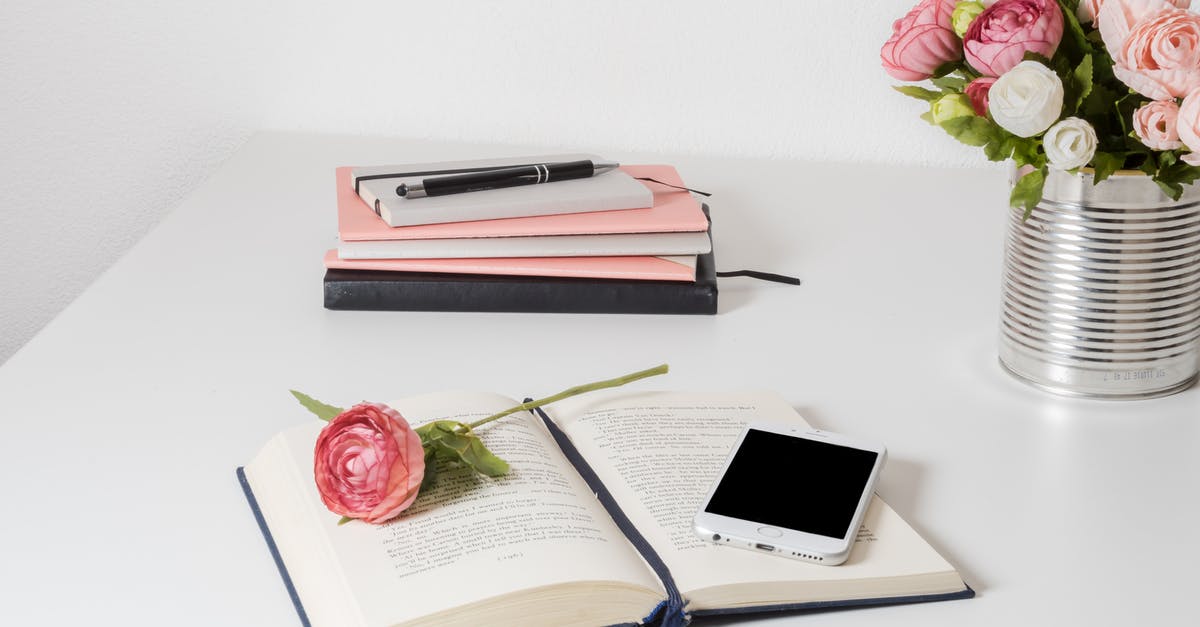How can I avoid cakes to turn into jelly?

I am making cakes, and mostly chocolate cakes. But under certain conditions, instead of taking a nice bread texture (soft and with air bubbles), it turns into a kind of jelly (compact, a little bit translucent and without air bubbles). Needless to say, I dont want my cakes to turn into jelly because it is not good at all.
So I am interested to know under what circumstances the cakes turns into jelly.
Quick information about how I proceed : (I don't think this has a big impact, tough I am not sure)
The basic ingredients I use are:
- Eggs
- Butter
- Wheat
- Sugar
Sometimes, I replace wheat with olive oil and I may add hazel powder, almond powder, vanilla sugar and/or chocolate, etc... Most of the time, I start by fixing the eggs, uping egg whites and mixing the yellows and sugar.
The majority of the time, my cakes are fine. There have been two cases where I had "jelly problems":
- The first was where I tried to make a cake in a glass dish, into an oven with both pulsed heat and microwaves. No baking paper. This one was 100% jelly and non-eatable.
- The second was into a normal oven, with a dish with a somewhat plastic bottom and baking paper. This one had about 20% of the bottom turned into jelly and its eatable but not very good.
So my theory is that the cakes turns into jelly if:
- Air cannot flow into the cake, from the bottom, while baking. (The texture of the bottom of the dish matters)
- You use a non-thermal oven
Do you have the same issue ? Am I correct and how do you fix the problem ?
Best Answer
It could either be a problem of heat transfer or leavening.
Heat Transfer
Probably the bottom "jelly" potion of the cake is not getting enough heat. I can imagine some possibile causes.
- Ovens that are not fan assisted are generally warmer at the top than at the bottom. Generally you should have the cake in the middle of the oven, but for some ovens you may need to move the cake higher.
- Plastic bakeware (or silicone if that's what you have) typically conducts heat less efficiently than glass. And glass has poorer heat transfer than metal, so try using a metal cake form.
- The oven temperature might be wrong; oven dials are often wrong by a few degrees (I once had an oven that was out by ten degrees C). Get an oven thermometer and put it on the same shelf as the cake.
Another possibility is that you just need to leave the cake in longer, but from what you say it sounds like the upper portion of the cake would then be overcooked and dry.
Leavening
In your ingredient list you didn't mention a leavening agent. That could be a problem in itself if you are expecting air bubbles. Typically you would use baking soda or baking powder, or a combination of those two (depending on the acidity of the batter) to introduce air.
It is possible to introduce air without a chemical leavening agent by, for example, folding whipped egg whites carefully into the batter.
In either case, air does not "flow into the cake". It needs to be introduced either before baking or by a leavening agent during baking.
Pictures about "How can I avoid cakes to turn into jelly?"



Quick Answer about "How can I avoid cakes to turn into jelly?"
Generally you should have the cake in the middle of the oven, but for some ovens you may need to move the cake higher. Plastic bakeware (or silicone if that's what you have) typically conducts heat less efficiently than glass.How do I keep my cake from getting gummy?
There's a gooey or damp streak in the center of your cake. A cake settles dramatically like this when the eggs, butter and sugar are over creamed. To prevent this, cream these together slowly (no higher than medium speed on your mixer) and then gently fold or mix in your dry ingredients.Why does my cake have a jelly texture?
The reason why a cake gets rubbery is that the overmixing of flour activates the gluten. It makes cakes hard instead of the lovely soft spongy texture we associate with a good cake. And the over mixing is usually caused from incorrectly creaming butter and sugar.Why does my cake look like jello?
There are quite a few reasons you could end up with this result. It could be that too much fat has been used to grease the tin; the cake tin wasn't lined sufficiently; the oven was too hot; the cake was left in the oven for too long or a fat that is not suitable for baking has been used.Why do my cakes come out fudgy?
Your cake is too dense A cake that is overly dense typically has too much liquid, too much sugar or too little leavening (not excess flour, as is commonly thought).Top 5 Cake Baking Mistakes! | Preppy Kitchen
More answers regarding how can I avoid cakes to turn into jelly?
Answer 2
if it is a little jelly type thing then you should:
- before putting it in the oven, you should stir the mixture well.
- make sure that there are no bubbles.
- then heat it till 3 minutes and 50 seconds.
Sources: Stack Exchange - This article follows the attribution requirements of Stack Exchange and is licensed under CC BY-SA 3.0.
Images: Jess Loiterton, Jess Loiterton, Shiva Kumar Reddy, Ylanite Koppens
